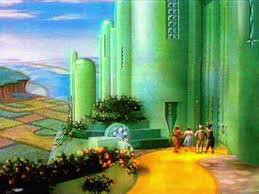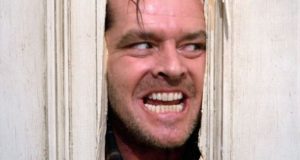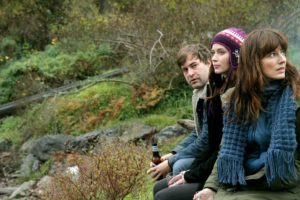A long Shot is used to place an object or human figure in some relation to its surroundings. For example, in the 1939 film The Wizard of Oz, a very wide shot is used that keeps all the protagonists on screen with the Wizard’s palace in clear view. This captures the importance of their surroundings because they have finally reached the destination they’ve been searching for the entire movie, therefore revealing the full palace to the audience with the characters looking up at it highlights their amazement.

A close-up is a technique used to tightly frame a person or object in order to put the audience’s full focus on it. An example of this is used in the 1980 horror film “The Shining”. During the infamous scene of Jack breaking through the door with an axe and reveals his face yelling “Here’s Johnny!” in order to terrorize his wife, the close-up on his face captures the psychotic-ness within Jack’s mind and shows how he has truly lost his mind influenced by the ghosts.

A medium shot is a camera angle shot from a medium distance. They are typically used to film the dialogue of a group of people in order to show the audience a partial view of the background, the character’s facial expressions and the context of their body language. An example of this is the scene in “My Sister’s Sister” (2011 comedy film) where Hannah reveals to her sister and her sister’s friend (the male protagonist) that she wants to become impregnated, despite being a lesbian, after drunkenly sleeping with the male protagonist. This scene is filmed with a medium shot so the audience is shown each of the character’s reactions and also the background of the woods so we are aware of the atmosphere.

